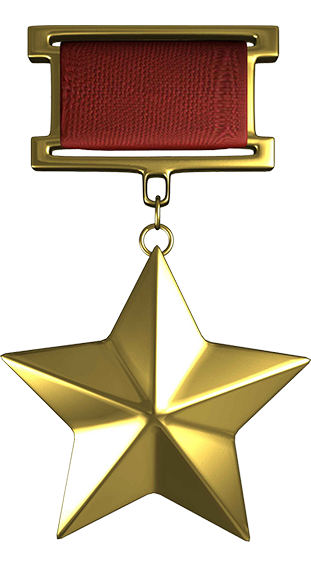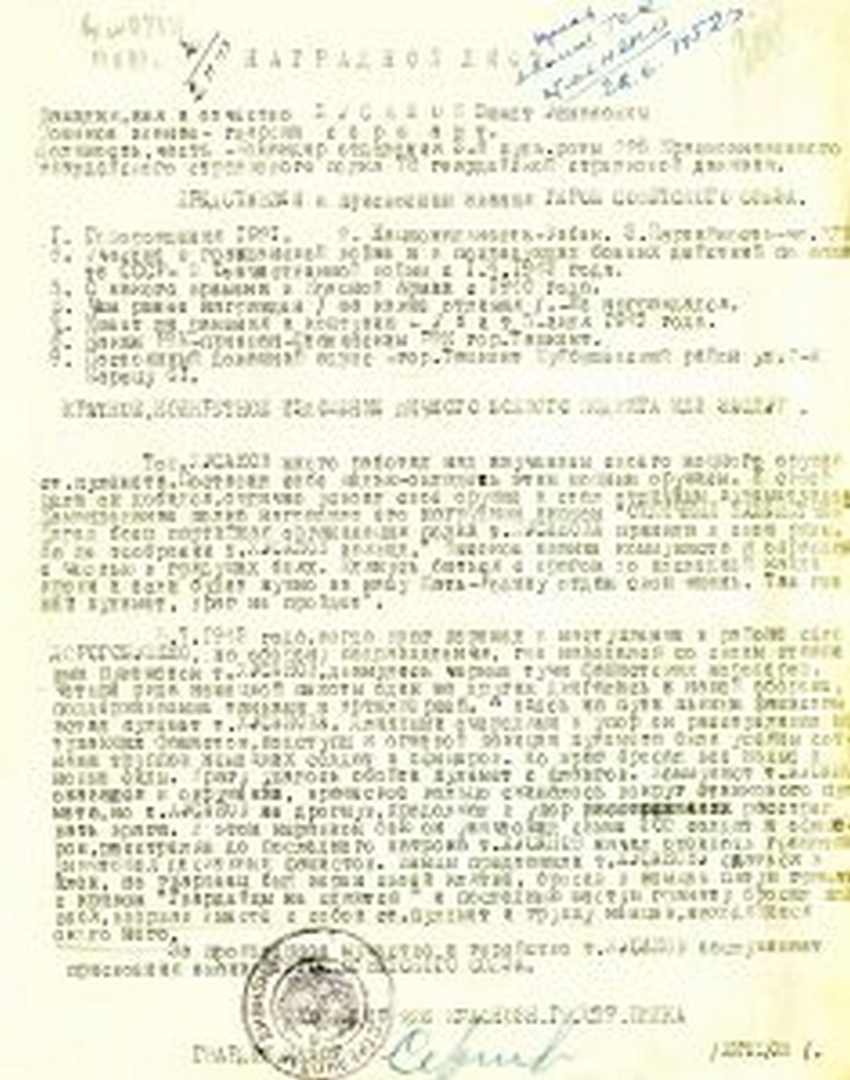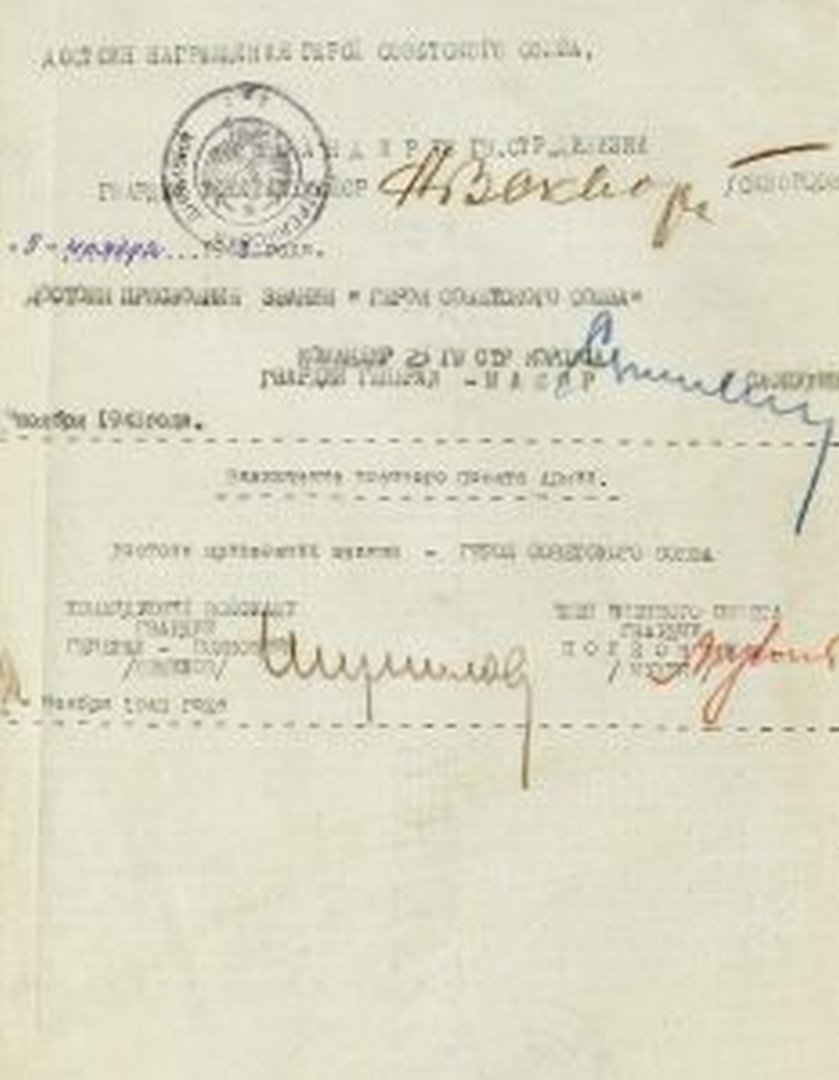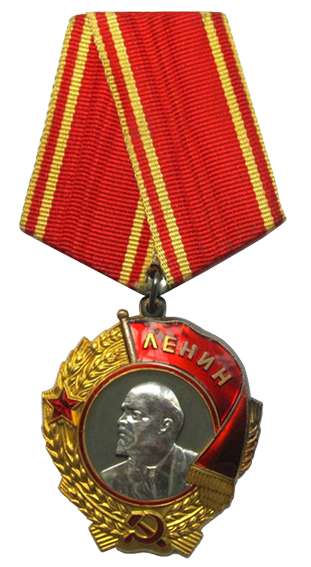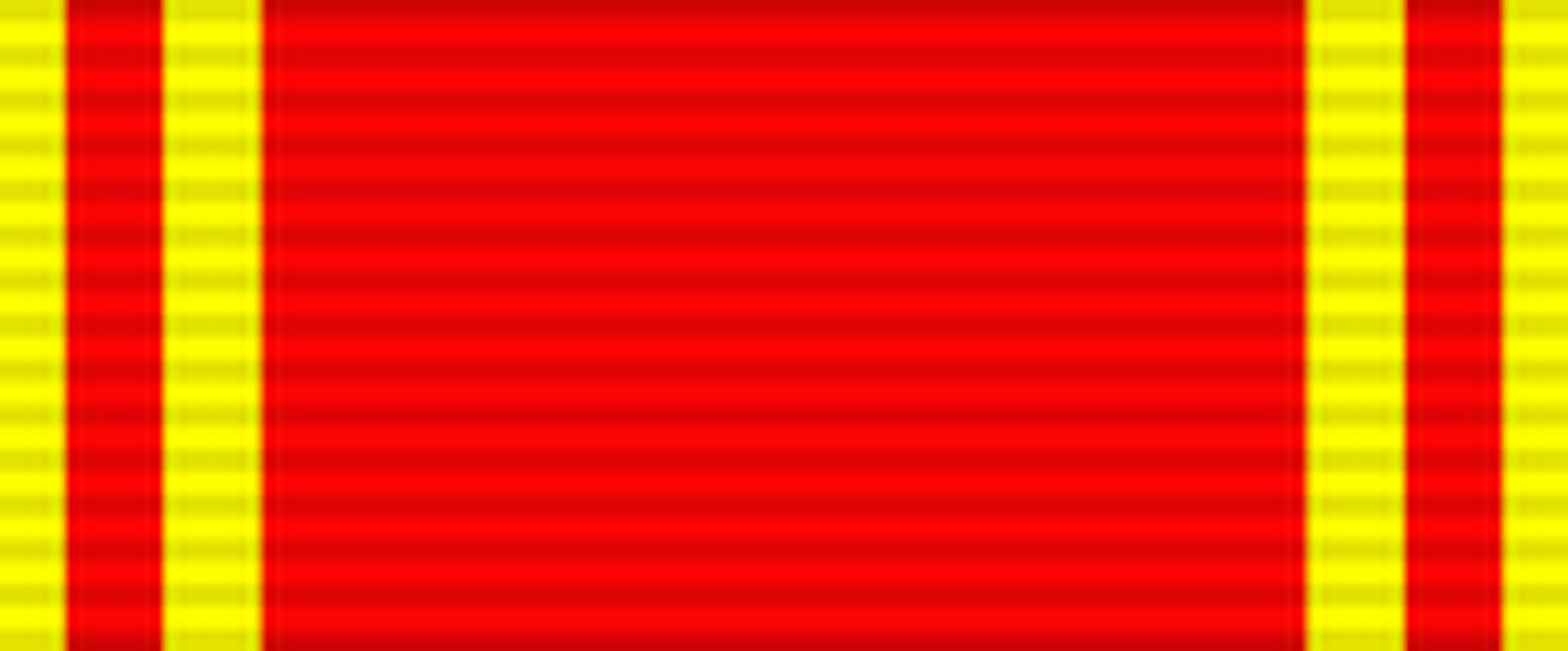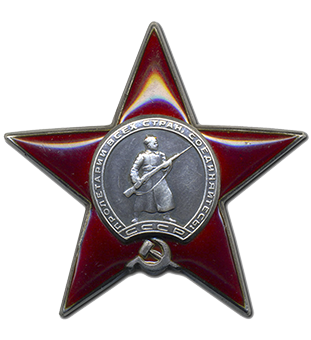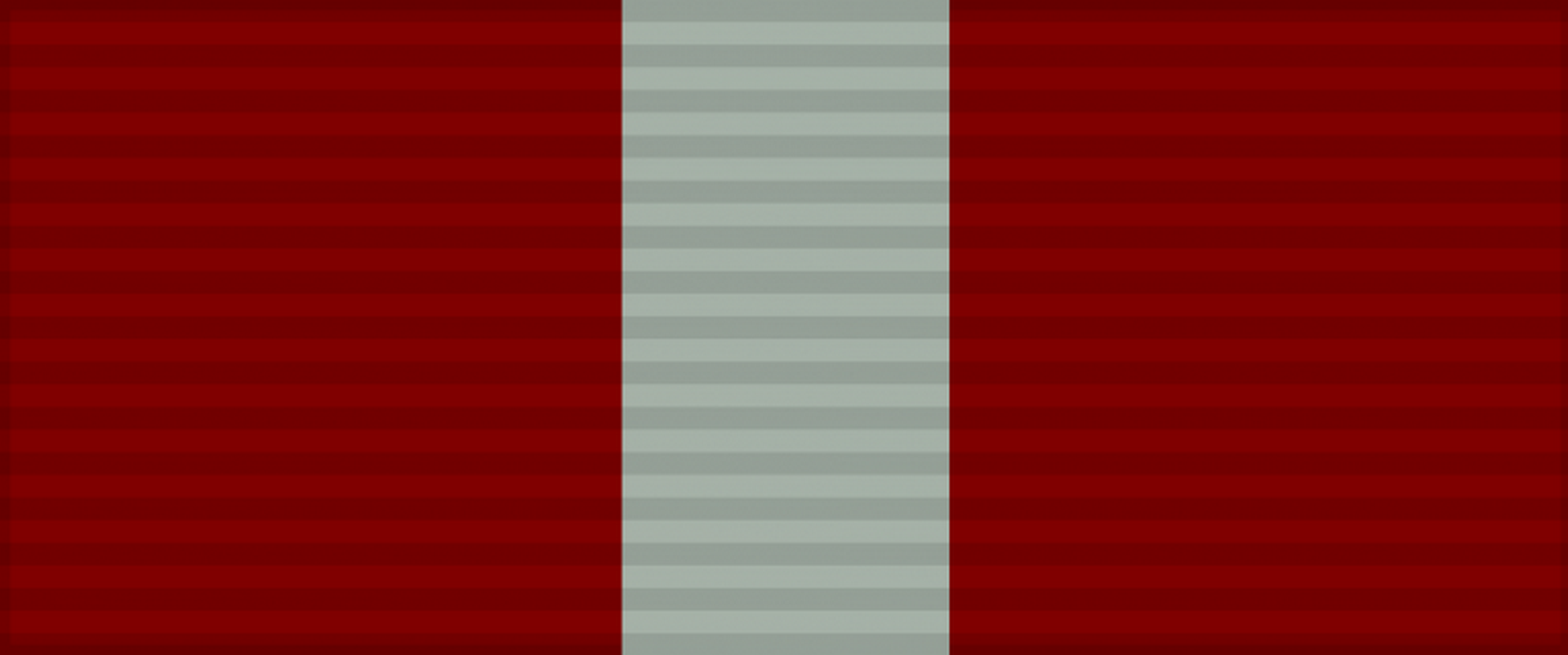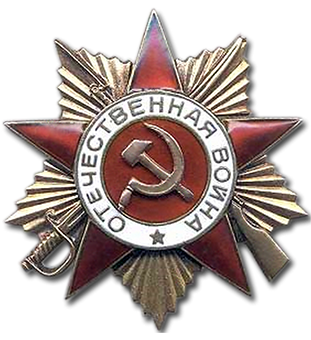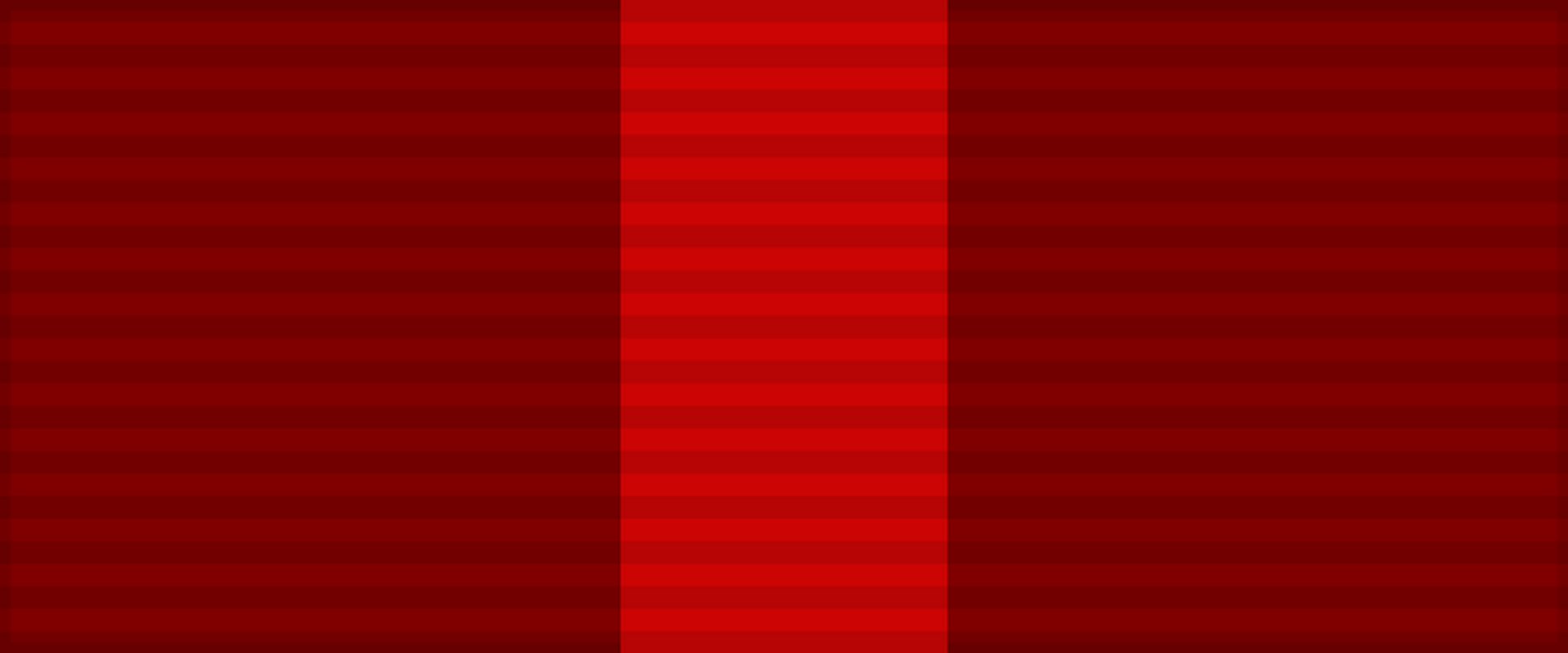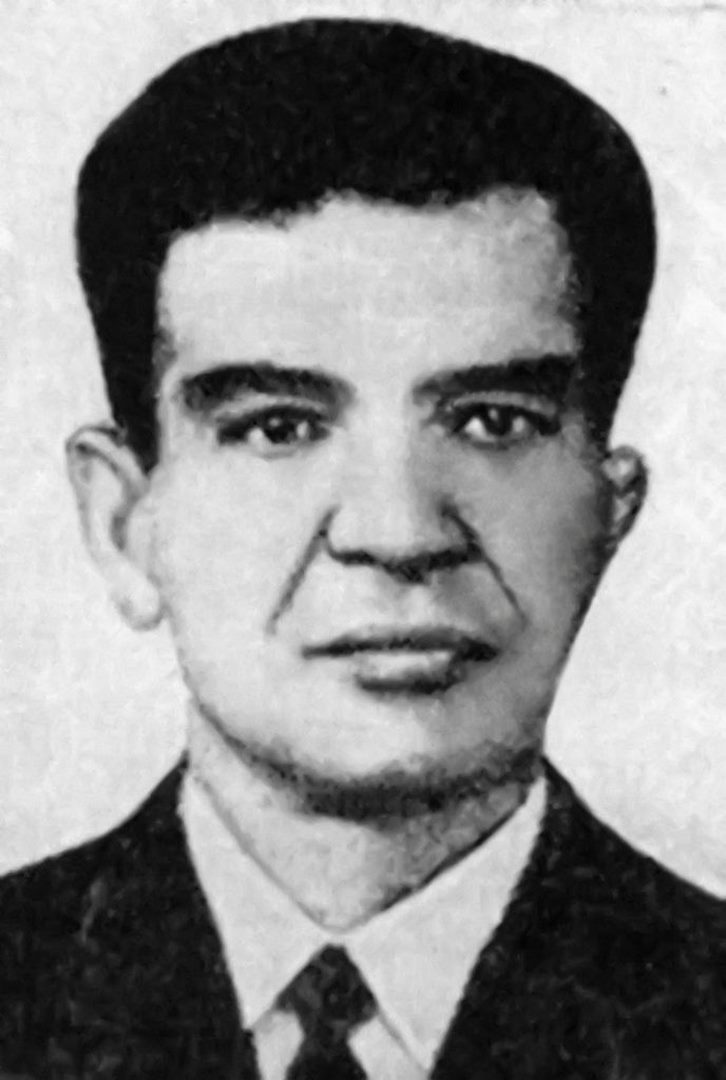
XUSANOV ZIYOMAT USMONOVICH
guard sergeant a articipant in World War II Hero of the Soviet Union (02.22.1944)
He was born on May 9, 1921 in the village of Sairam, Shymkent region, in a family of peasants. Uzbek. He grew up in Tashkent, after graduating from a 7-year school, he graduated from two courses of the Tashkent Pedagogical College.
In October 1940 he was drafted into the Red Army, at the beginning of World War II he was sent to an aviation school, and began training as a navigator.
At the front since May 1942, he fought in the rifle regiment. He was wounded in the battles of Stalingrad. After treatment at the hospital, he was sent to the army at the front.
July 5, 1943, on the first day of the Battle of Kursk, the 228th Guards Rifle Regiment was in the German offensive zone near Belgorod. After artillery preparation and an air strike, the positions of the infantry battalions in the first line of defense were attacked by superior German infantry forces with the support of 20 tanks and eight self-propelled guns.
The rifle battalion fought near the village of Dalnye Sands. Together with two servicemen, he took up a position at altitude and covered the withdrawal of his company with the fire of an easel machine gun, restraining the advance of the German infantry. After the death of the two soldiers, he fought alone. Having shot all the bullets, he got up from the trench with a grenade in his hands. There was an explosion in his position.
By a decree of the Presidium of the Supreme Soviet of the USSR of February 22, 1944, “For the courage and heroism in battle”, he was awarded the title of Hero of the Soviet Union (posthumously).
However, he survived, was seriously wounded and captured.
In January 1944, in a prisoner of war camp, with the aim of escapingб he entered the Turkestan Legion unit created by the Germans, but this unit was sent not to the Eastern Front, but to Yugoslavia.
On May 15, 1944, together with 27 other legionnaires and weapons, he went to the partisans.
He fought as part of the International Partisan Battalion.
In one of the battles, he circumvented the enemy’s position from the flank, destroyed the machine gunner and opened fire on the enemy from the captured machine gun, but was wounded by a mortar mine splinters exploding nearby.
After the battle, he was found by a local Montenegrin resident, and later was sent by boat to the partisan hospital in Turin (in northern Italy). Recovery took about a year, it took four surgeries.
He returned to the USSR after May 9, 1945, arrived at the Odessa Sea Port, but was arrested based on the testimony of one of the traitors who had previously served with the Germans.
In 1948 he was released, but by decree of the Presidium of the Supreme Soviet of the USSR of June 28, 1952 he was deprived of the title Hero of the Soviet Union.
He worked as a teacher in high school. M. I. Kalinina in the village of Sairam.
In the late 1960s, the former commander of the 25th Rifle Corps, Hero of the Soviet Union, Lieutenant General G. B. Safiulin arrived in Shakhrisabz to open the monument to Hero of the Soviet Union N. N. Nugaev. After a story about the exploit of Z. Khusanov, whom the general considered dead, he was informed that he is alive and lives in the village of Sairam. After meeting with Khusanov, General G. B. Safiulin began to seek justice.
Several hundred people participated in the search for information: employees of the USSR State Security Committee, former fellow soldiers, employees of the USSR Ministry of Defense and the Supreme Soviet of the USSR, the Committee of Soviet War Veterans and even museums and archives of the People’s Republic of Bulgaria.
By a decree of the Presidium of the Supreme Soviet of the USSR of February 13, 1968, he was reinstated in the rank of Hero.
He died on January 18, 1986, was buried in his native village.

